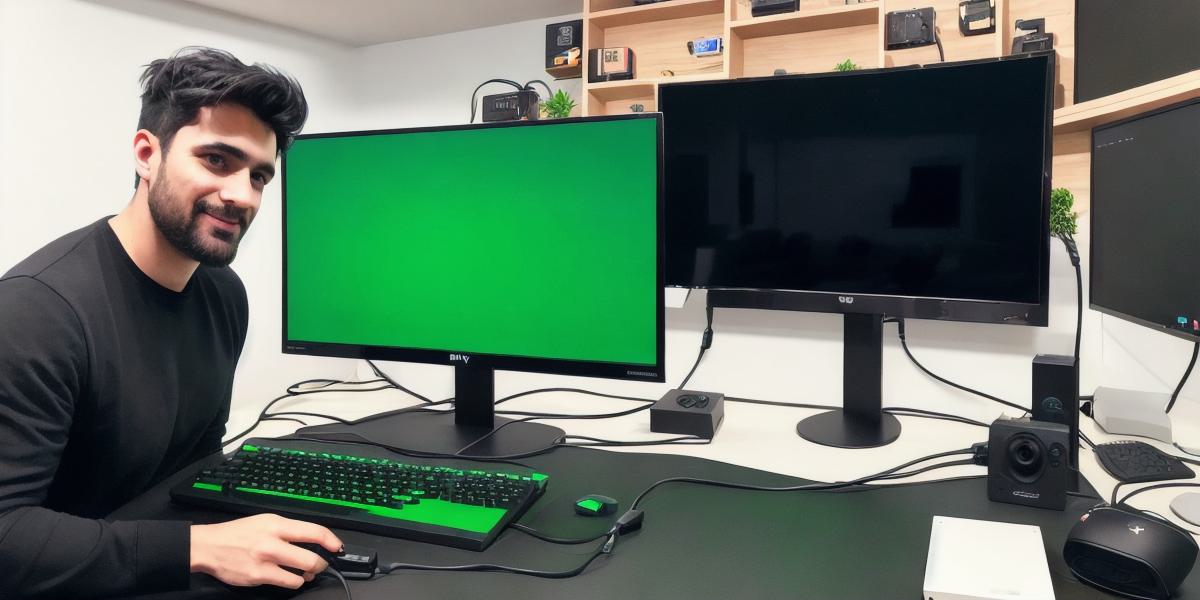Introduction:
As technology advances, developers are constantly seeking new ways to create immersive experiences for their users. One such tool that has gained popularity in recent years is Unity development. Unity is a cross-platform game engine that allows developers to create interactive and engaging applications for various devices. In this article, we will explore what Unity development is and how it can be used in creating immersive experiences.
What is Unity Development?
Unity development refers to the process of using the Unity game engine to create interactive applications for various platforms. Unity supports a wide range of devices, including desktops, smartphones, tablets, virtual reality (VR) headsets, and more. With its intuitive interface and powerful graphics capabilities, Unity has become a popular choice for developers looking to create immersive experiences for their users.
Benefits of Unity Development:
- Cross-Platform Compatibility: Unity allows developers to create applications that can run on multiple platforms with minimal changes. This saves time and resources compared to creating separate applications for each platform.
- Easy Integration of Third-Party Plugins: Unity has a vast library of plugins and assets that allow developers to easily integrate third-party tools into their applications. This includes everything from sound effects to physics engines.
- Powerful Graphics Capabilities: Unity’s graphics capabilities are second to none, making it an ideal choice for creating immersive experiences. With its support for high-resolution textures and advanced shaders, Unity can create stunning visual effects that would be difficult to achieve with other game engines.
- Large Community Support: Unity has a large and active community of developers who contribute to the platform through plugins, assets, and tutorials. This makes it easy for new developers to get started and experienced developers to find resources and support.
Case Study: Creating an Immersive VR Experience with Unity
Let’s take a look at an example of how Unity can be used to create an immersive experience. Suppose you want to create a virtual reality (VR) application that allows users to explore a 3D model of a museum or art gallery. With Unity, you can easily create the environment and populate it with interactive elements such as exhibits, text, and audio guides.
You can also use Unity’s built-in support for VR headsets to ensure that your application is optimized for VR devices. Additionally, Unity’s powerful graphics capabilities can be used to create stunning visual effects that make the user feel like they are actually in the museum or art gallery.
Expert Opinion:
According to John Carmack, co-founder of id Software and Doom creator, "Unity is a game engine that has evolved into an incredibly powerful tool for creating all kinds of interactive experiences, not just games." He goes on to say that Unity’s ease of use and cross-platform compatibility make it an ideal choice for developers looking to create immersive experiences.

Conclusion:
In conclusion, Unity development is a powerful tool that allows developers to create immersive experiences for their users. With its intuitive interface, vast library of plugins and assets, and powerful graphics capabilities, Unity has become an essential tool for developers looking to create engaging applications for various platforms. By taking advantage of Unity’s ease of use and cross-platform compatibility, developers can save time and resources while creating stunning visual effects that will keep their users engaged.
FAQ:
1.
